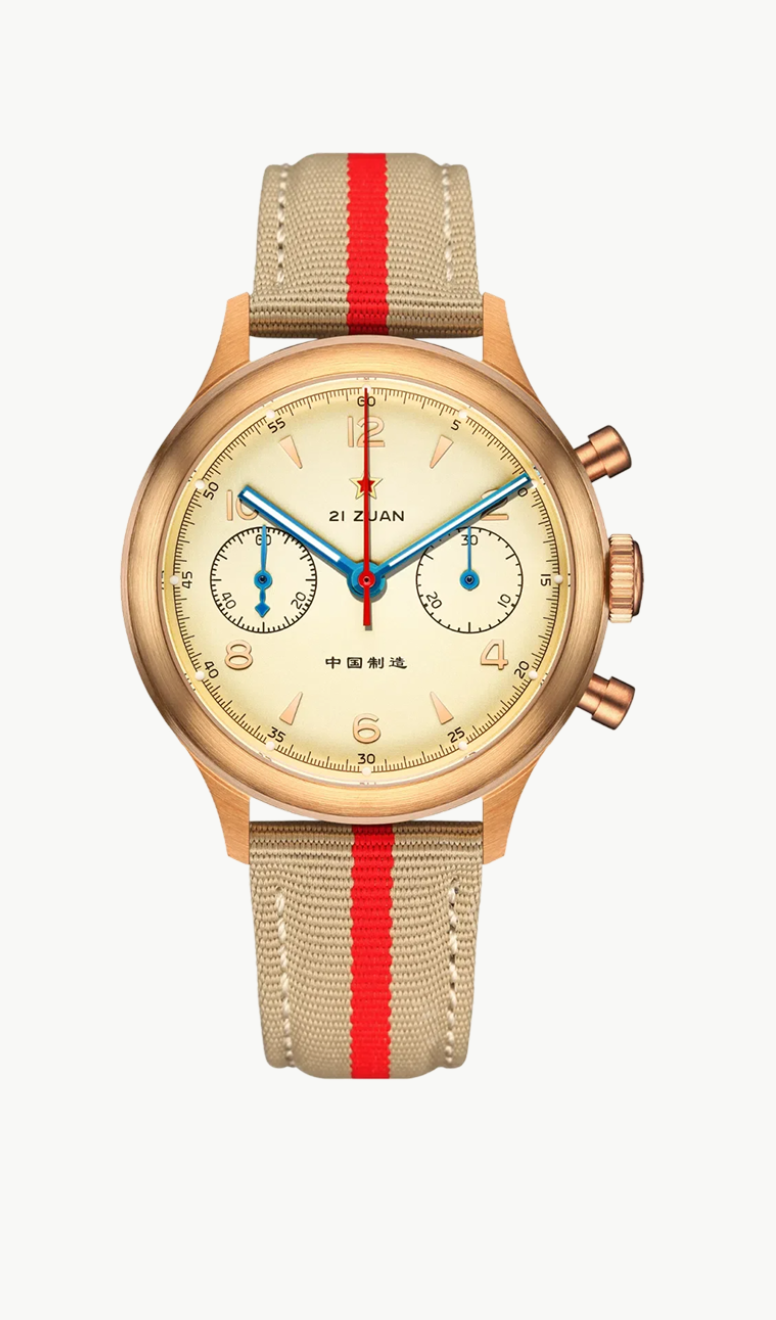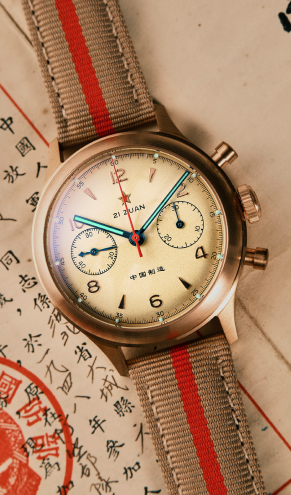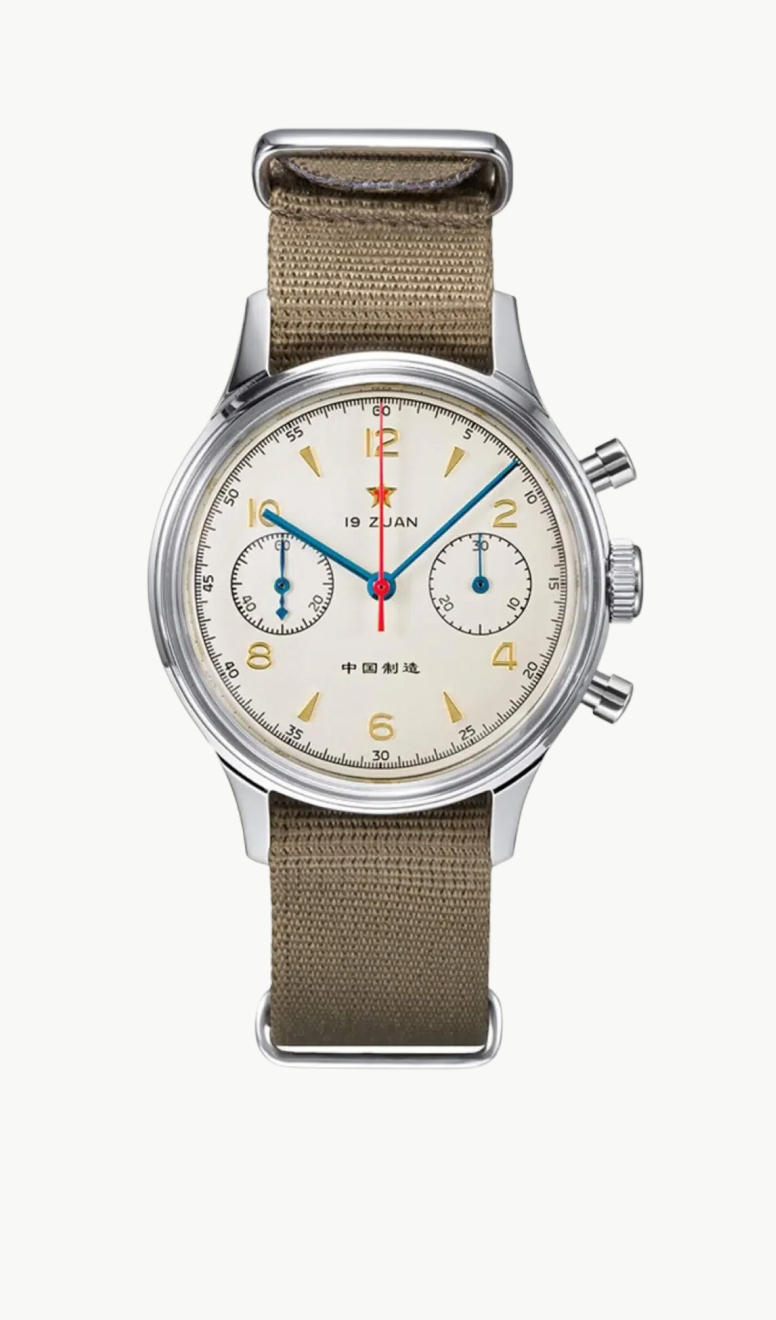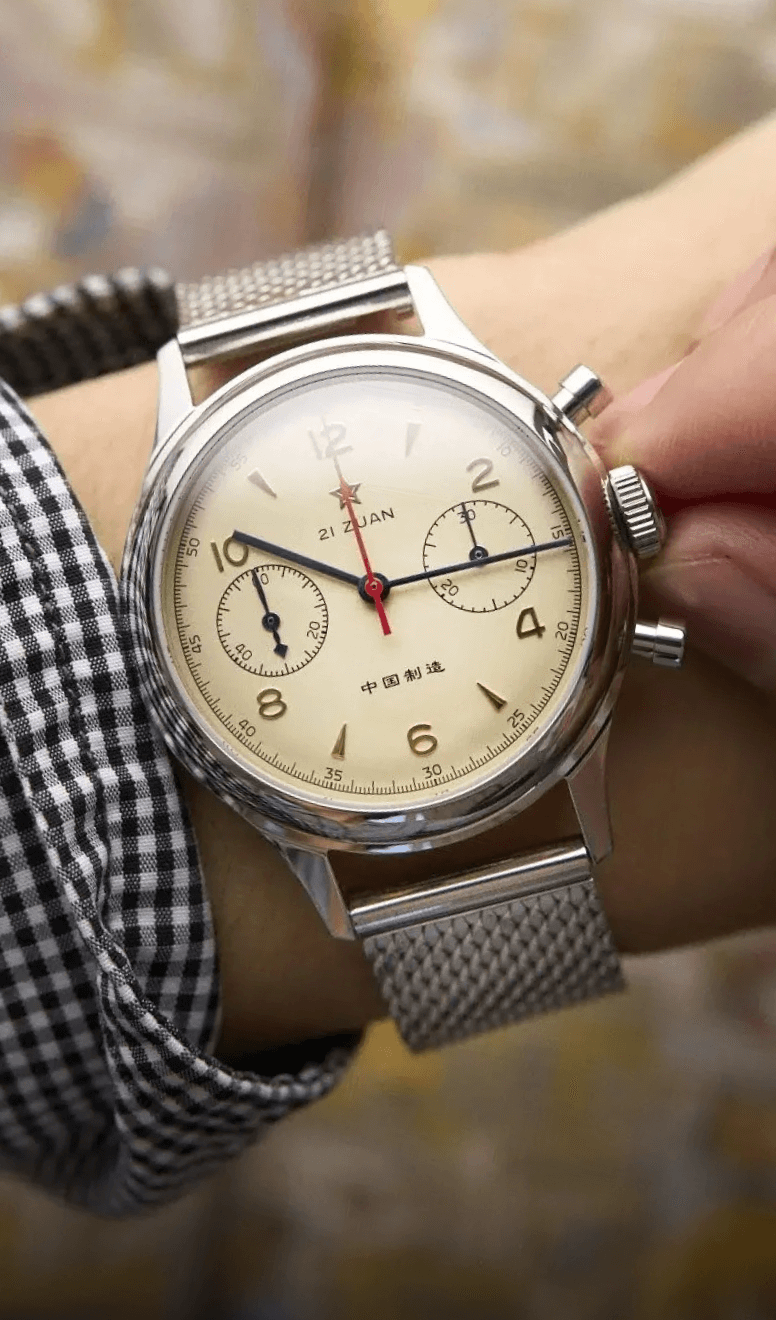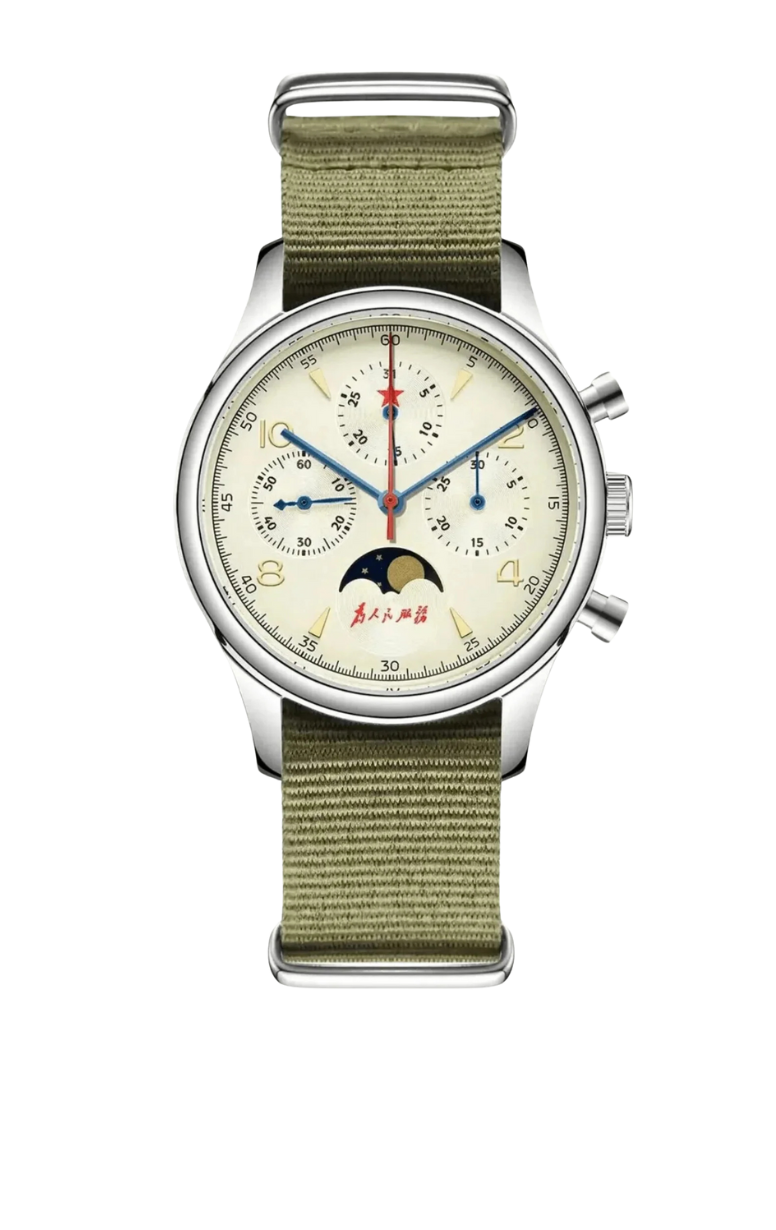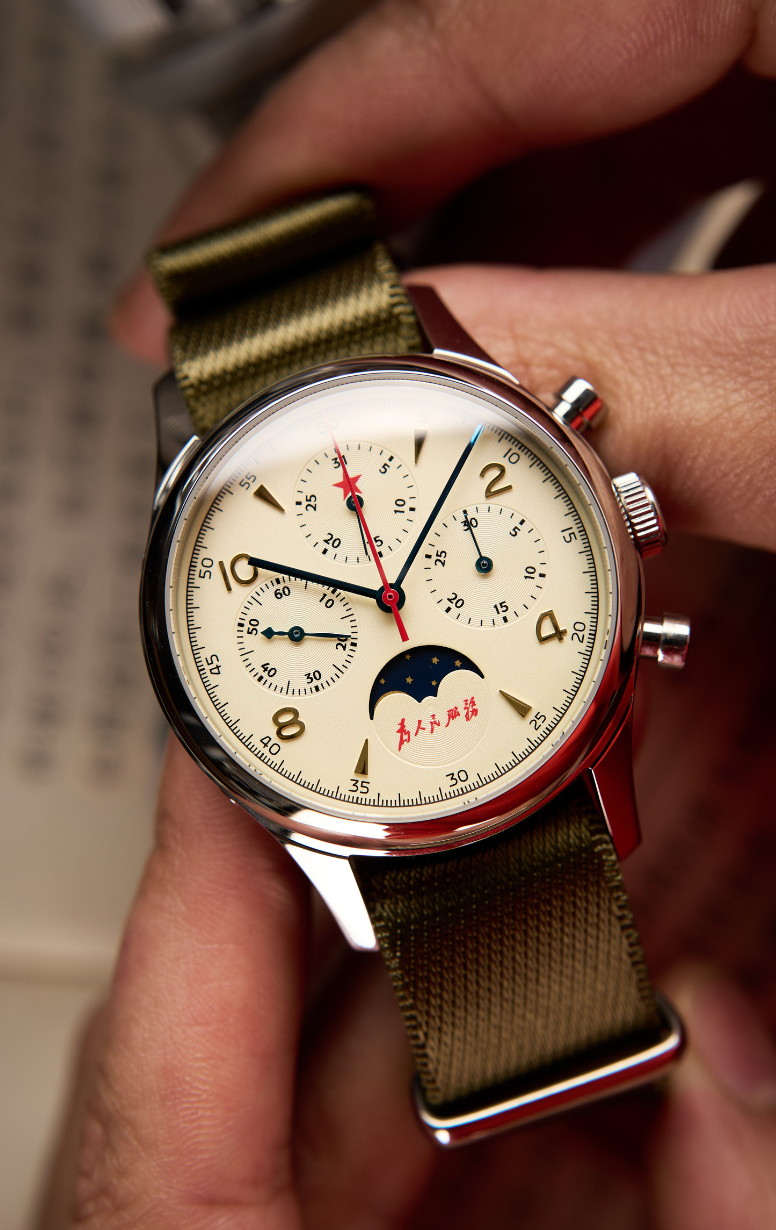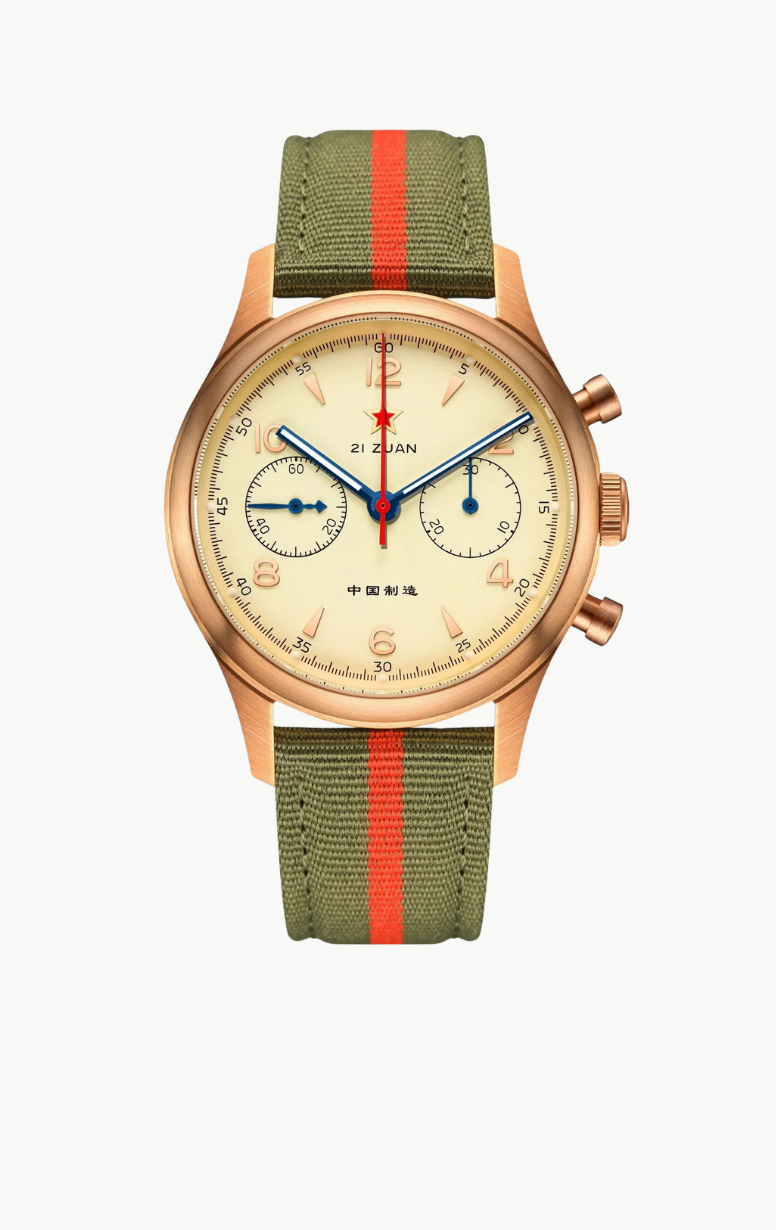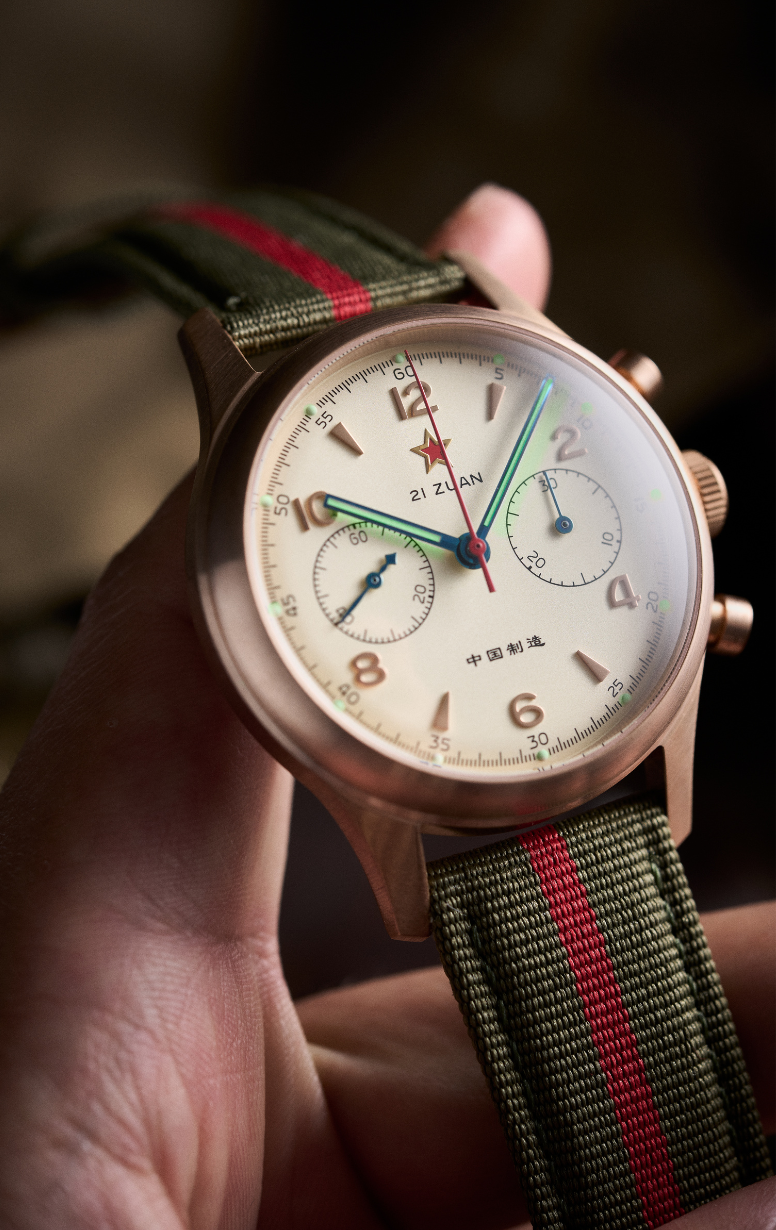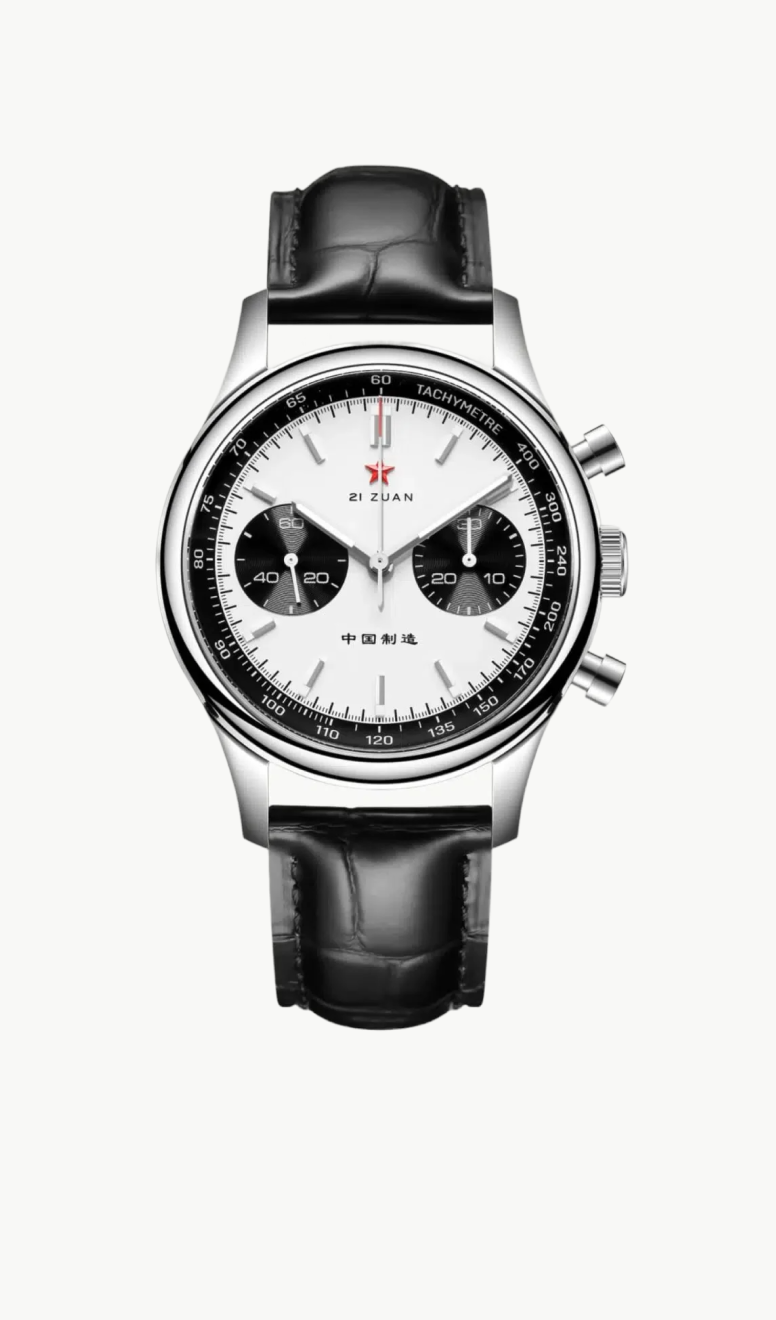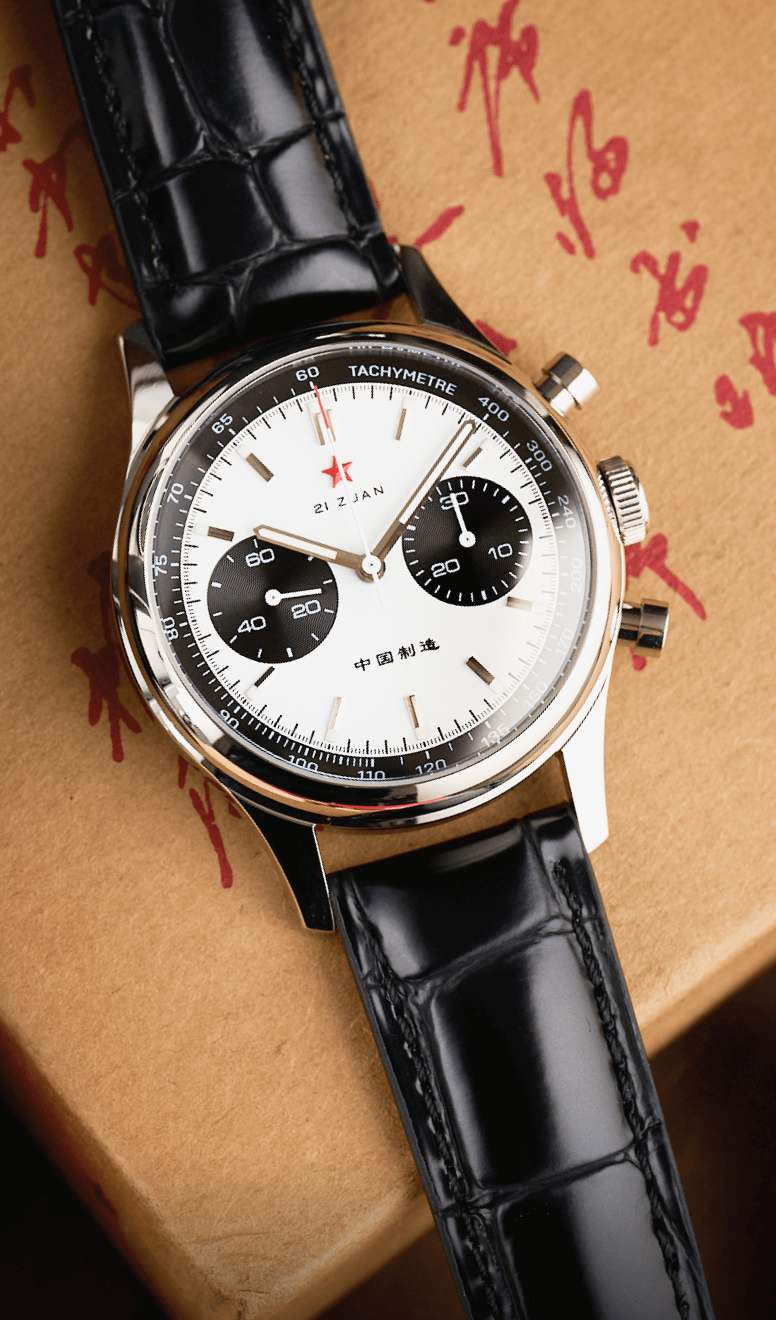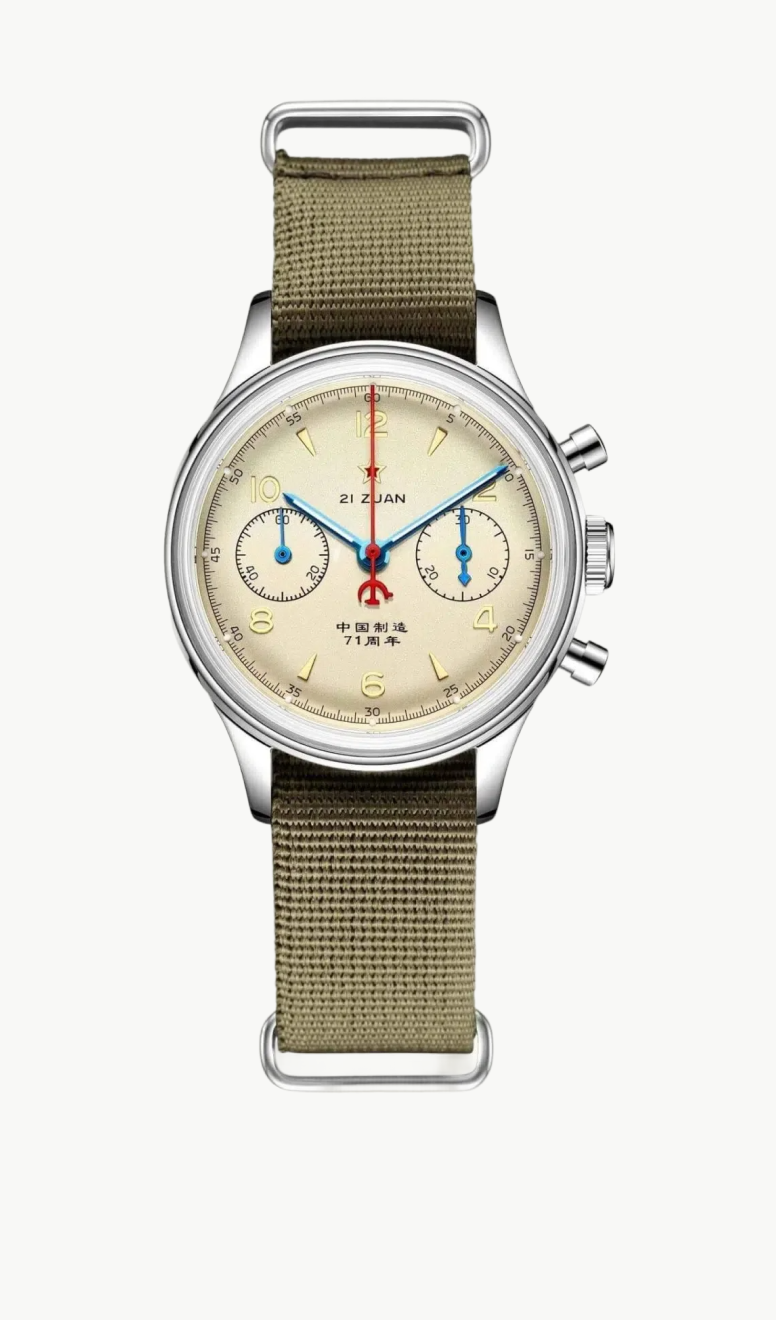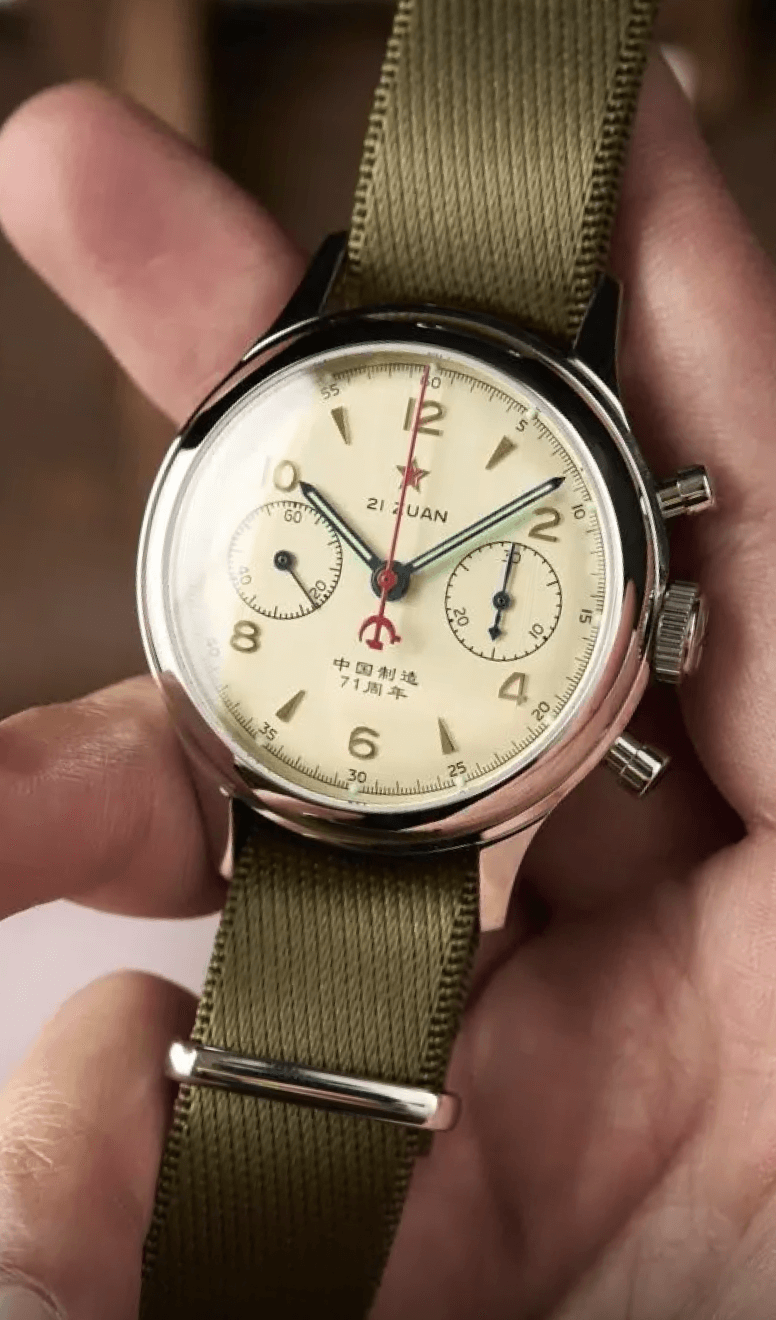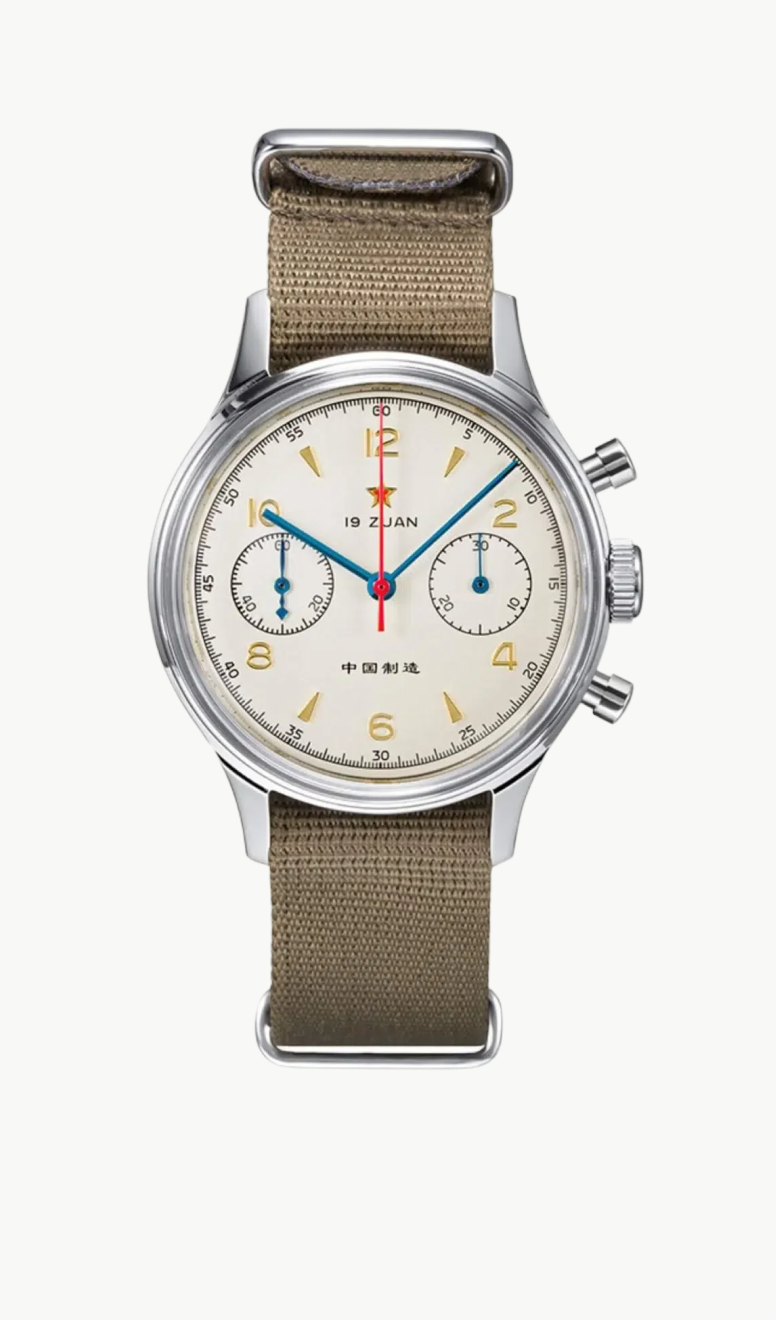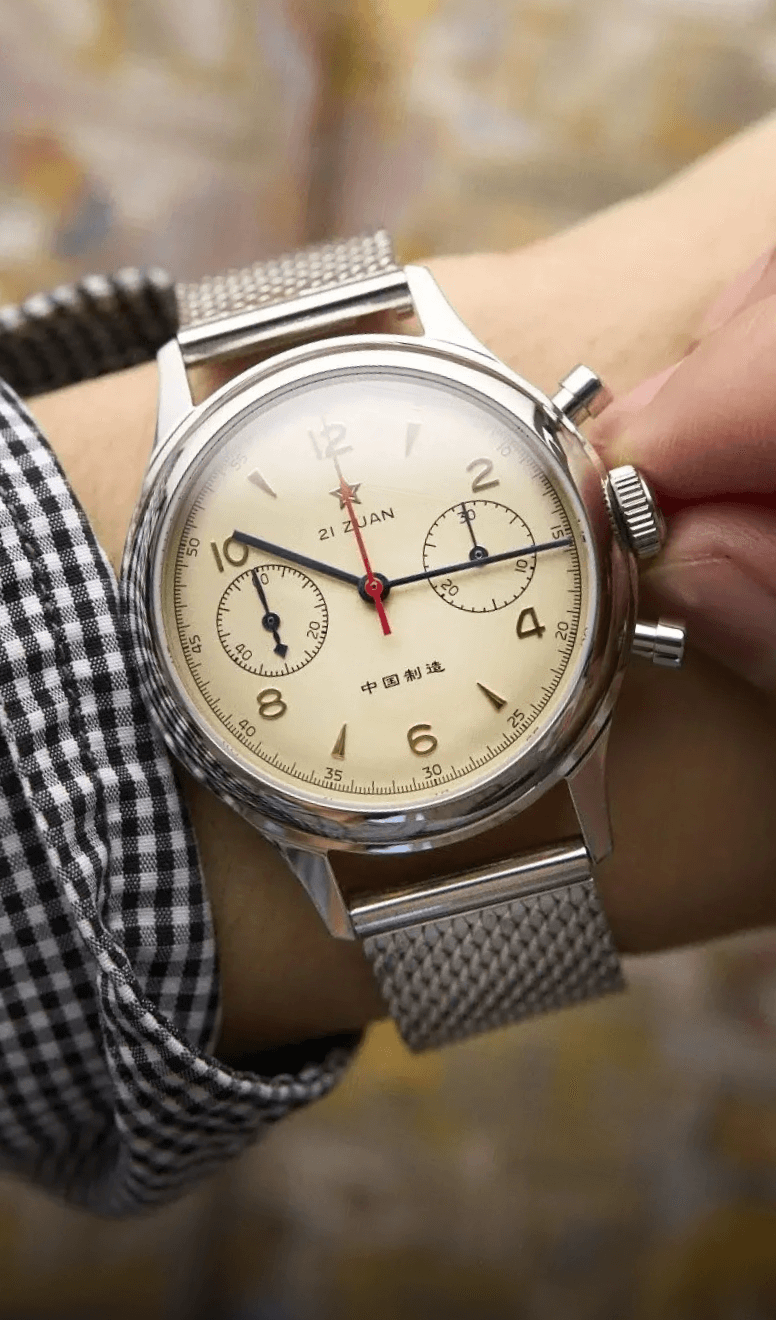Ever wondered about the numbers scribbled on the bezel of your watch? What do they mean and what are they used for? Well, you’re in luck as this article explains it all. The incrementing numbers present on the bezel, meaning the frame of your watch, indicate a tachymeter. A tachymeter is a scale that is used to measure speed and distance with respect to a fixed period of time. It’s a special feature that is only present in chronograph watches, meaning timepieces that can also be used as stopwatches.
A tachymeter on a watch is a symbol of luxury. Not all watches are bestowed by the elegance of a tachymeter, only exorbitant ones have a tachymeter embedded on their bezel. The Seagull 1963 is also in this category. Various models of the Seagull 1963 are adorned with a classy tachymeter with visible readings that add to the refinement of the watch. Moreover, the scribbled tachymeter is also a reflection of the historic affiliation of the Seagull 1963 which will be discussed later in this article.
So before we move on to the usage of the tachymeter and its significance, let’s first take a dive into the category of watch lovers that use tachymeter watches.
Watch Lovers that use Tachymeter Watches:
Tachymeter watches are not something that you’ll see everyone wearing. Generally speaking, more classical watches never have this feature. Since a tachymeter is used for the measurement of speed and distance, tachymeters are often present on watches that go for a more sporty look to it. Athletes can use it to measure their speed over some defined period of time and hence analyze their performance.
Another group of watch lovers that are obsessed with tachymeter watches are pilots or pilot watch lovers. The reason behind their love for tachymeter watches lies in the convenience of using these watches. Pilots can simply use them to measure the distance travelled by plane travelling at a uniform speed. This is the reason why the Seagull 1963 was designed with a tachymeter for the Chinese air force back in WW2.
Moreover, tachymeter watches are the perfect timepiece for any watch lover tingling with a thirst for class and elegance on their precious timepiece.
How to Measure Speed with a Tachymeter?
Now you know the tachymeter is used to measure speed and distance, you must be wondering: how does one use it? Well as technical as it sounds, it’s a relatively easy process for both measuring speed and distance. For speed, you need to do is follow the simple 4 step process mentioned below:
Step # 1: Know the Distance
Firstly, before moving on to measuring the speed, you need to identify any 2 points. Let these points be point A, which labels a starting point, and point B, which labels an ending point. Next up, know the fixed distance between these two points. You can simply measure the distance by using the navigation app on your phone or manually.
Step # 2: Start the Chronograph
In the next step, push the start button of the chronograph the moment you leave point A, that is the starting point. Make sure that you start the chronograph at the exact moment you leave point A so that you obtain an accurate result at the end.
Step # 3: Stop the Chronograph
Keep the chronograph running till you reach point B. The moment you reach point B, push stop the chronograph at the exact moment for a precise result. The resulting number will give you the time that has elapsed on your run from point A to point B.
Step # 4: See the Tachymeter Reading
Now once you have stopped the chronograph, you know the time that has passed while travelling from point A to B. Next up, virtually extend this chronograph needle, which measured the elapsed time, and note the number to which it corresponds to on the tachymeter. The given number gives you your average speed over a defined distance.
How to Measure Distance with a Tachymeter?
Earlier, we mentioned that tachymeters are used for the measurements of two quantities, speed and distance. Now that we have covered speed, let’s move on to measuring distance. The initial steps for measuring the distance are the same as that of measuring the speed, but it requires a little math at the end.
Step # 1: Select Two Points
First up, you need to select any two points between which you wish to calculate the distance. You can label these points as A and B, where A specifies the starting point and B specifies the ending point.
Step # 2: Know your Average Speed
Before moving on to the chronograph reading, you first need to find out your average speed. Simply determine your average speed over 60 seconds.
Step # 3: Record the Chronograph Reading
Next up, start the chronograph the moment you leave point A and push stop it the moment you reach point B. Just keep one thing in mind that we are calculating distance here, so you need to be extra vigilant during the chronograph reading.
Step # 4: Determine the Distance
Now once you know your average speed and your chronograph reading, you can easily determine the distance. Think of it this way, when the chronograph hand is at your average speed, you have simply travelled one mile. You can multiply this as many times as you reach your average speed.
So that’s all about tachymeters and using them for measuring speed and distance. We hope you found this article helpful! Do you know which watch has a tachymeter function that we really love? You guessed it, the seagull 1963 chronograph watches! Feel free to check out the full collection here.
